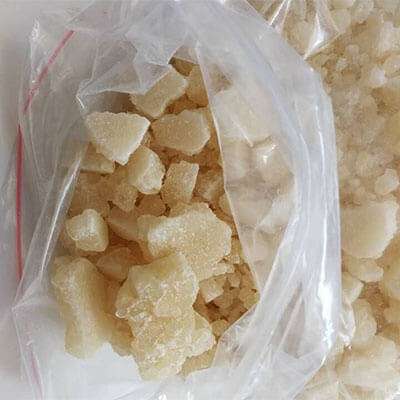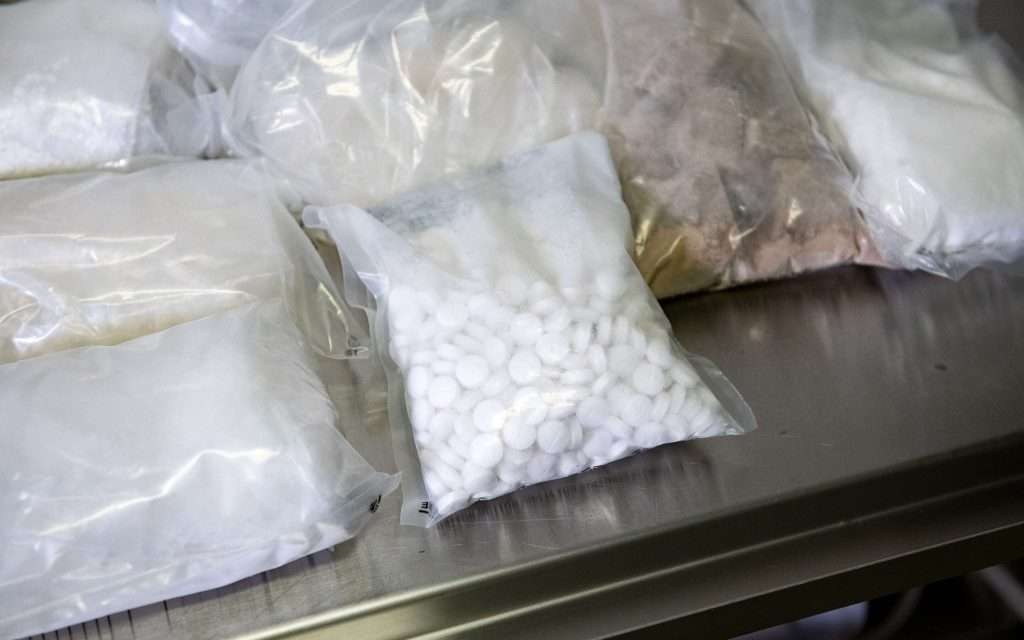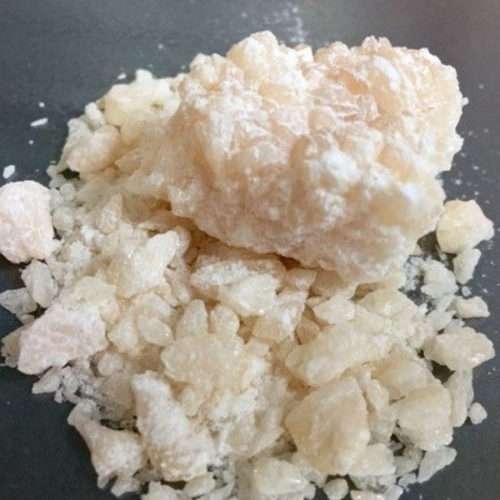
A plethora of new psychoactive drugs are available on the illicit drug market, and synthetic cannabinoids (SCs) are among those that have resulted in catastrophic side effects and death. However, information on usual concentrations of these medications is limited. APINACA and 5F-APINACA concentrations in biological matrices have not previously been reported, nor have concentrations of UR-144 and its degradant product in blood samples from driving under the influence of drugs (DUID) instances.
XLR-11 is a drug that acts as a potent agonist for the cannabinoid receptors CB₁ and CB₂ with EC₅₀ values of 98 nM and 83 nM, respectively.Concentrations of APINACA, 5F-APINACA, UR-144 and its degradant product in blood samples from six impaired drivers compared to previous reported concentrations of other synthetic cannabinoids.
The aims of this study were to report concentrations of APINACA, 5F-APINACA, UR-144 and UR-144 degradant from DUID cases analyzed at the Norwegian Institute of Public Health (NIPH), and also previously unpublished concentrations of AM-2201 in cases from our Institute. We have further summarized all the former published studies where concentrations of SCs have been reported, to compare with the results from these newer SCs.

The synthetic cannabinoid, UR-144 ((1-pentyl-1H-indol-3-yl)(2,2,3,3-tetramethylcyclopropyl)methanone), was identified in commercial ‘legal high’ products (herbal, resin, and powder). Along with this, six related compounds were detected. The most abundant one (2.1) was identified as 4-hydroxy-3,3,4-trimethyl-1-(1-pentyl-1H-indol-3-yl)pentan-1-one, a product of the electrophilic addition of water to the cyclopropane moiety in UR-144. Compound 2.1 was found to be undergo cyclisation which leads to the formation of two additional interconvertable compounds (2.3, tentatively identified as 1-pentyl-3-(4,4,5,5-tetramethyl-4,5-dihydrofuran-2-yl)-1H-indole which is stable only in absence of water and also observed as GC artifact) and 2.2, a protonated derivative of 2.3 which is formed in acidic solutions.
The remaining compounds were identified as possible degradation products of the group 2 compounds (4,4,5,5-tetramethyldihydrofuran-2(3H)-one and 1-pentylindoline-2,3-dione) and intermediates or by-products from the synthesis of UR-144 ((1H-indol-3-yl)(2,2,3,3-tetramethylcyclopropyl)methanone, 1-pentyl-1H-indole and 1-(1-pentyl-1H-indol-3-yl)hexan-1-one). Pyrolysis of herbal products containing the group 2 compounds or UR-144 resulted in the formation of 3,3,4-trimethyl-1-(1-pentyl-1H-indol-3-yl)pent-4-en-1-one (3). This was confirmed by separate pyrolysis of 2.1 and UR-144. Also, the two additional minor compounds, 1-(1-pentyl-1H-indol-3-yl)ethanone and 1-(1-pentyl-1H-indol-3-yl)propan-1-one, were detected. Pathways for these transformations are presented.


